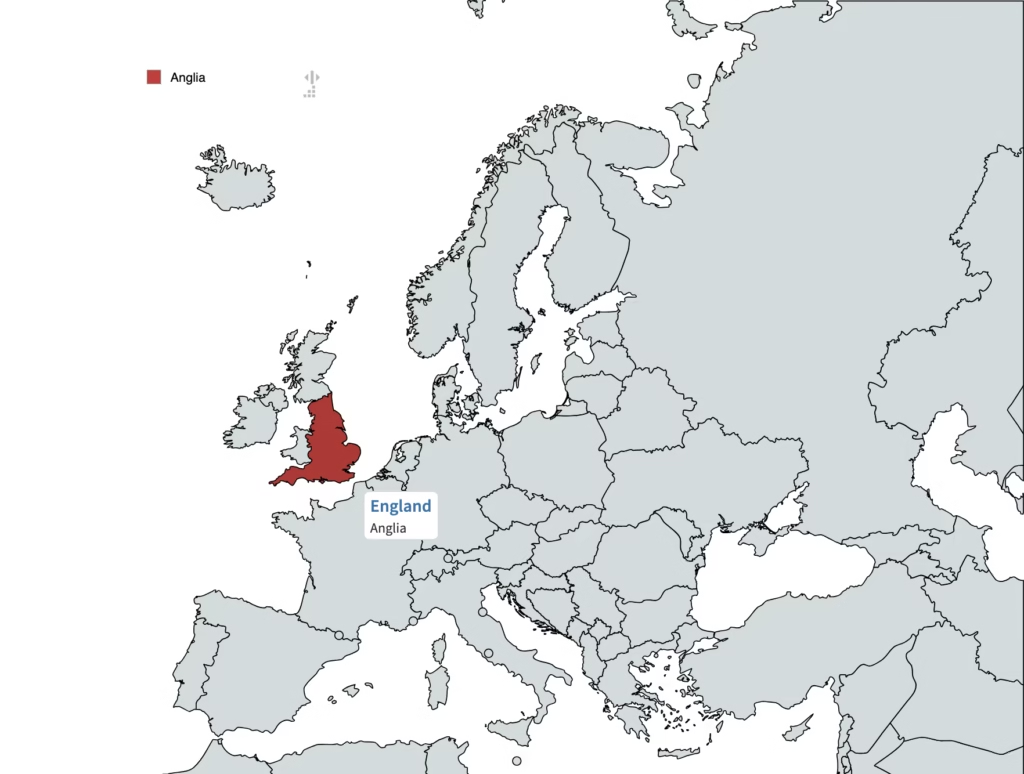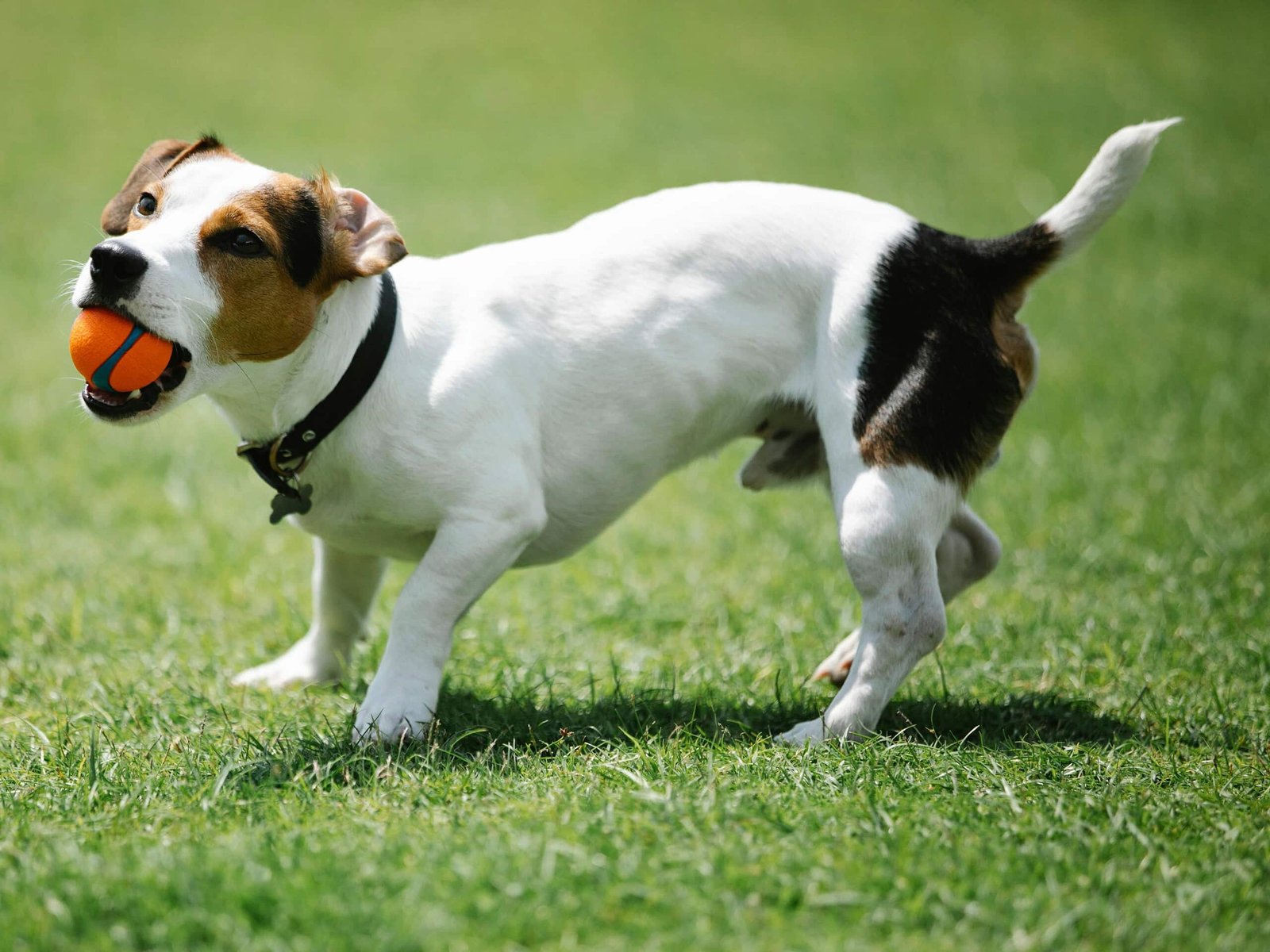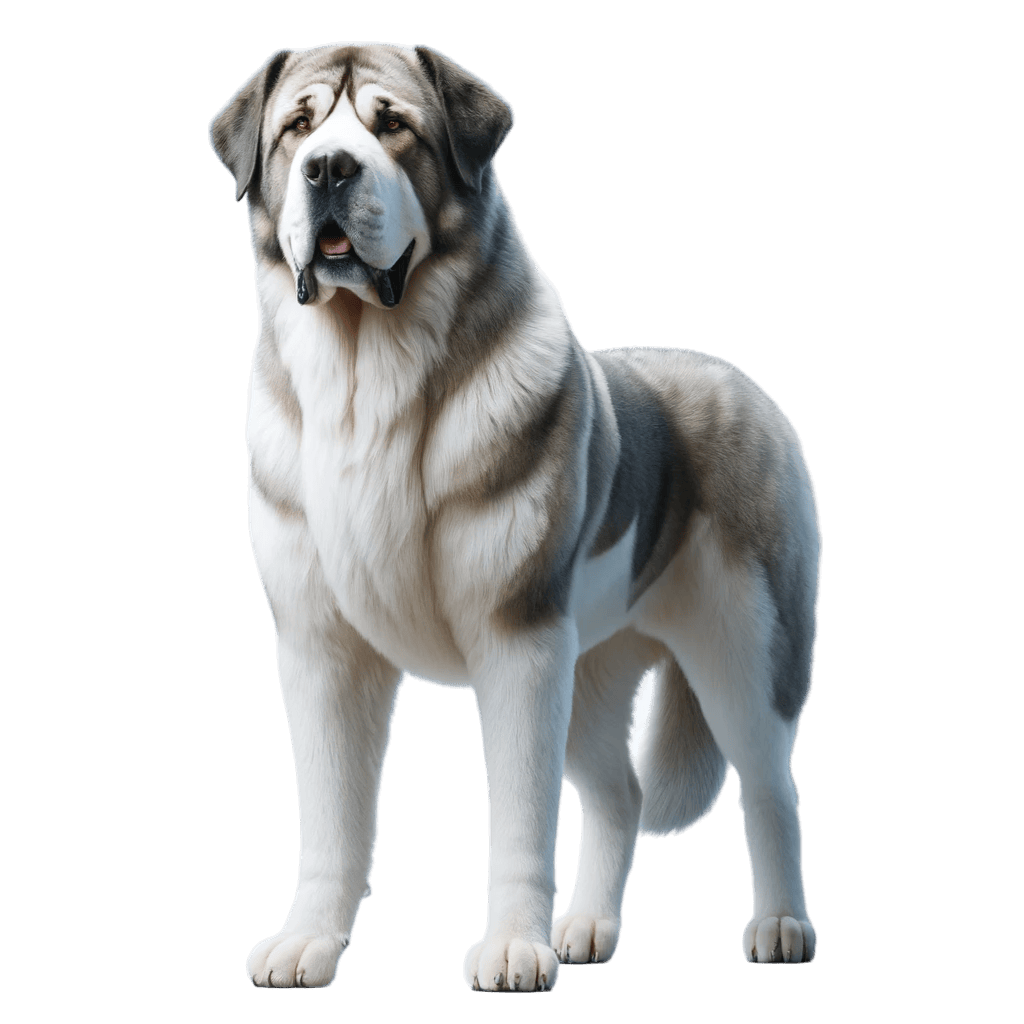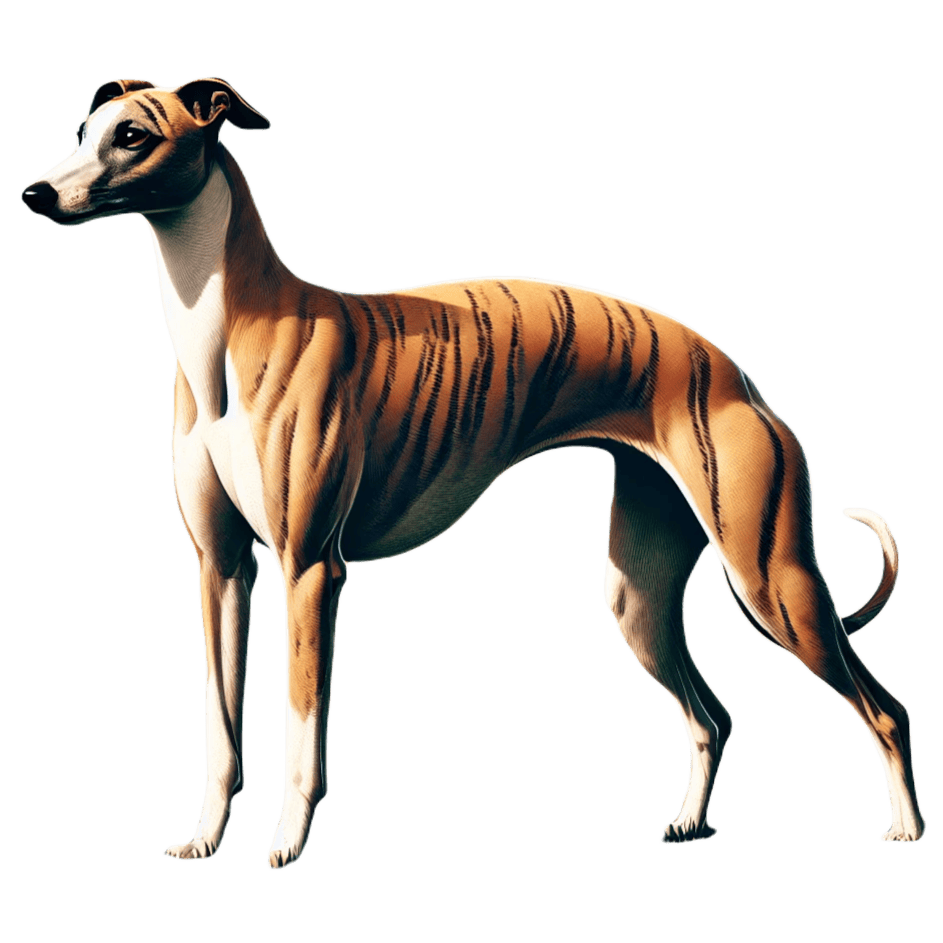JACK RUSSELL TERRIER
A brief overview
The Jack Russell Terrier is an energetic and intelligent dog breed that originated in Great Britain. It was bred by Pastor John Russell in the 19th century to hunt foxes. These small but energetic dogs are known for their tenacity, courage and indefatigable energy. They are also popular for their appearances in movies, including the famous “Mask.”

Table of contents
Country of origin
Officially, according to the FCI standard, the Jack Russell Terrier is considered a breed native to the United Kingdom. It was first described and classified in England, and its current form in Australia, where it has been officially recognized as distinct.

BREED CHARACTERISTICS
Weight
6 – 8 kg.
Height
25 – 38 cm.
Type of hair
Short, smooth or rough, it requires regular care.
Life expectancy
13 – 16 years.
Health
Dogs of this breed may face problems such as deafness, eye disease or knee problems.
Character
Energetic, intelligent, courageous, independent, loyal and friendly.
Need for exercise
High. Jack Russell Terriers need lots of exercise and mental stimulation to keep them happy and healthy.
FCI classification
Group 3 (terriers), section 2 (small terriers).
Price
4,000 – 6,000 PLN (ZKwP).
History and origins
The origins of this breed can be traced back to 19th century Britain, where Pastor John “Jack” Russell bred these dogs for fox hunting. At that time, two varieties of dogs with similar characteristics were created, which differ primarily in height and overall proportions. The Parson Russell Terrier is a taller dog with a more square silhouette. In contrast, the Jack Russell Terrier is smaller, with a slightly more elongated torso.
Appearance and physique
Jack Russell Terrier dogs are small but compact in body size. The coat is usually white with black or brown markings, short and, depending on the variety, smooth or rough. The Jack Russell Terrier has dark almond-shaped eyes and upright ears. The short tail is set high.
Temperament and behavior
As they are dogs developed for hunting purposes – they have a huge amount of energy, are intelligent and tenacious. They are also characterized by great courage. They have a high need for physical activity and mental stimulation. However, they will also work wonderfully as family dogs – they are friendly and devoted, and get along well with children.

Training and activity
Training of this breed should be regular, consistent and based on setting clear rules. The Jack Russel Terrier needs a lot of mental stimulation and and physical challenges. Otherwise, the dog can become frustrated, hyperactive and barking. Care should also be taken to ensure proper socialization, especially with other dogs, so that aggressive behavior does not occur.
Health and life expectancy
Jack Russell terriers generally enjoy good health, but are prone to certain health problems, such as food and environmental allergies, eye disease, knee or hearing problems, oral diseases (the breed is predisposed to tartar buildup) or limb injuries (mainly due to high physical activity).They have conditions such as primary lens dislocation, glaucoma, cataract deafness, hip and elbow dysplasia, Legg-Calve-Perthes disease (necrosis of the femoral head), dislocation of the patella, neuroaxonal dystrophy, urinary bladder stones, myasthenia gravis (muscular fatigue), hypothyroidism, portal-peripheral anastomosis, autoimmune hemolytic anemia, pulmonary trunk stenosis and neuromyotonia. Therefore, their health should be regularly monitored so that they can fully enjoy 13-16 years of life.

Care and custody
Depending on the variety of coat, different aspects should be focused on in grooming. Short and smooth coats should be brushed regularly (once a week), and rough coats should be trimmed. The dog’s ears, eyes and teeth should also be regularly checked and cared for.
Diet and nutrition
Jack Russell terriers require a well-balanced diet, depending on their activity level and individual needs.
Maintenance costs
The cost of maintaining a Jack Russell terrier can be quite high due to their need for proper nutrition, veterinary care or regular coat grooming.

Buying or adoption
Adoption can be a great choice because it happens that dogs of this breed or breed type end up in shelters. However, if you decide to buy from a breeder, you need to take an interest in its reputation and the health of the dog’s parents.
Own breeding
Running a Jack Russell Terrier kennel requires a lot of knowledge, commitment and responsibility. It is crucial to take care of the dogs’ health and avoid genetic diseases. A valued practice among breeders of this breed is eye examinations and genetic testing for the most common diseases. Breeding requires significant financial and time investment.
Jack Russell terrier as a movie star
As mentioned above – a representative of the Jack Russell Terrier breed starred as a smart and charming dog named Milo in the 1994 film “Mask”. Watching the film, we follow the story of a bank clerk and his devoted companion Milo, who always waits impatiently for his guardian and who is always happy to see him. This just goes to show how intelligent, dedicated and friendly these dogs are, after all, he has won the appreciation of viewers around the globe. It is safe to say that it is thanks to Milo that so many people have decided to take the Jack Russell Terrier under their roof and make him part of the family.
Did you know?
Summary
Through the eyes of a behaviorist
Jack Russell Terrier dogs are characterized by high intelligence and large amounts of energy, which means they require a lot of mental and motor stimulation. Training should be based on positive reinforcement and be consistent. Socialization and positive interaction with other dogs should also be taken care of.
Through the eyes of a veterinarian
Jack Russell Terriers generally enjoy good health, but they are prone to a number of problems, particularly eye disease, knee problems and hearing problems. Their health should be monitored regularly with a veterinarian. Regular oral hygiene and tooth brushing is also very important, due to their tendency to build up tartar.

